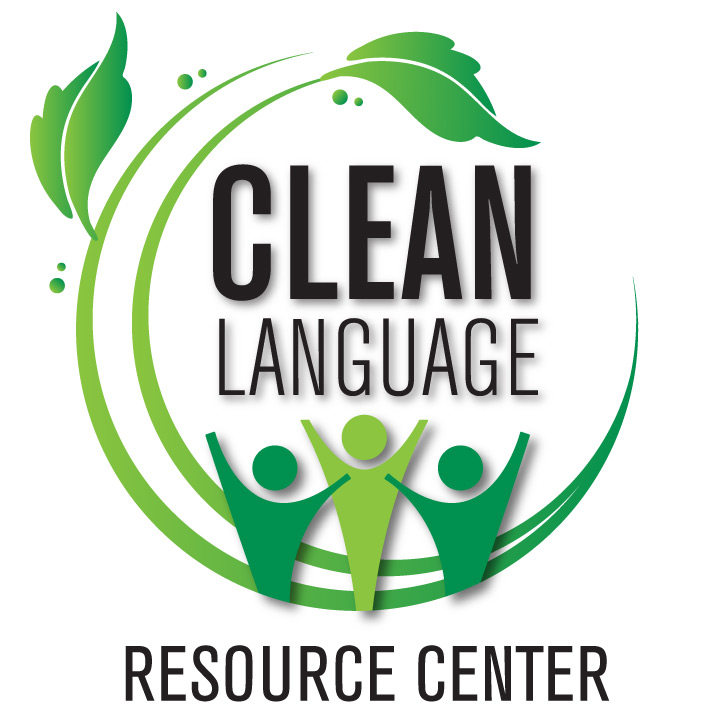Is A QUESTION ONLY CONSIDERED ‘CLEAN' IF IT'S ONE OF DAVID GROVE'S ORIGINAL QUESTIONS?
While Grove, the originator of Clean Language, carefully honed its limited number of quite specifically worded questions for his various Clean processes, you can certainly develop Clean questions, too. Following Clean Language rules, they should start with ‘And,’ be short and simple, and direct your client to explore his/her own exact words. Examples: "And what keeps happening?" or “And when [x], what happens to [y]? While not Grove’s standard questions, these meet the criteria.
Then there are ‘clean-ish’ questions. They may subtly introduce an idea that the client had not considered. Example: "And what might you be assuming that prevents [desired outcome]?” Supposing the client never mentioned "assuming" or “prevents," this question would not be strictly ‘clean.’ Yet, in keeping with the spirit of Clean Language, its intent is help the client gather information, not suggest a solution.
A question that is merely a disguised reframing or suggestion would not qualify as 'clean.’ Example: "And do you think it would be better if [x]....? or "And could you [x solution]?"
I do find, however, that there is value in using Grove’s clean questions only. By sticking to the exact same questions and wording the vast majority of the time, clients can maintain their attention on their words and accompanying feelings as they sense their way to an answer, rather than on cognitively interpreting what is being asked. Facilitators trying to be conceptually clean, but using their own wording, tend to get chatty. Often they ask more than one question at a time. And occasionally they slip into inserting their own words or ideas. Clean Language provides a wonderful discipline of sorts; sticking to it means I don’t have to be vigilant about screening myself. More of my attention is then available for listening closely.

